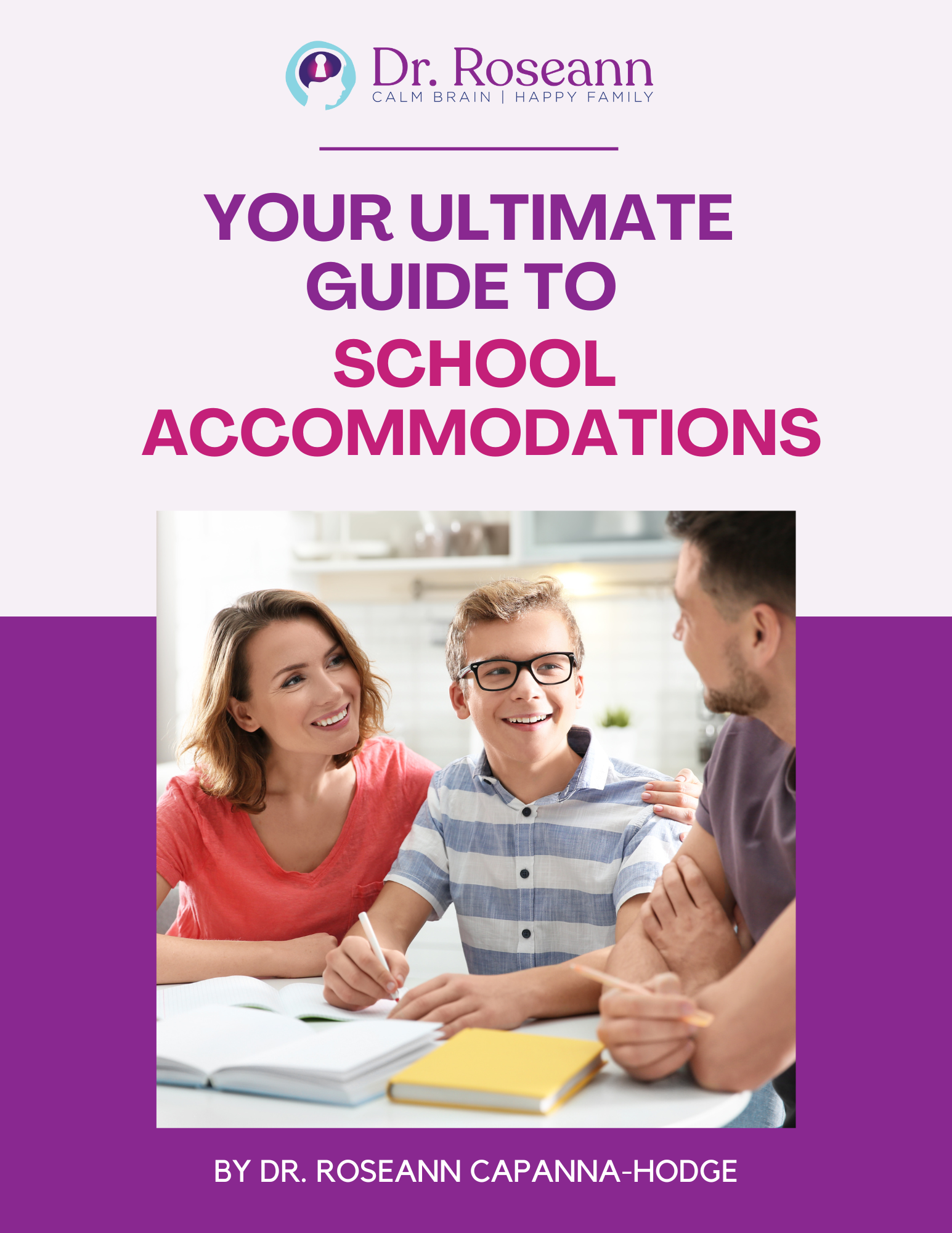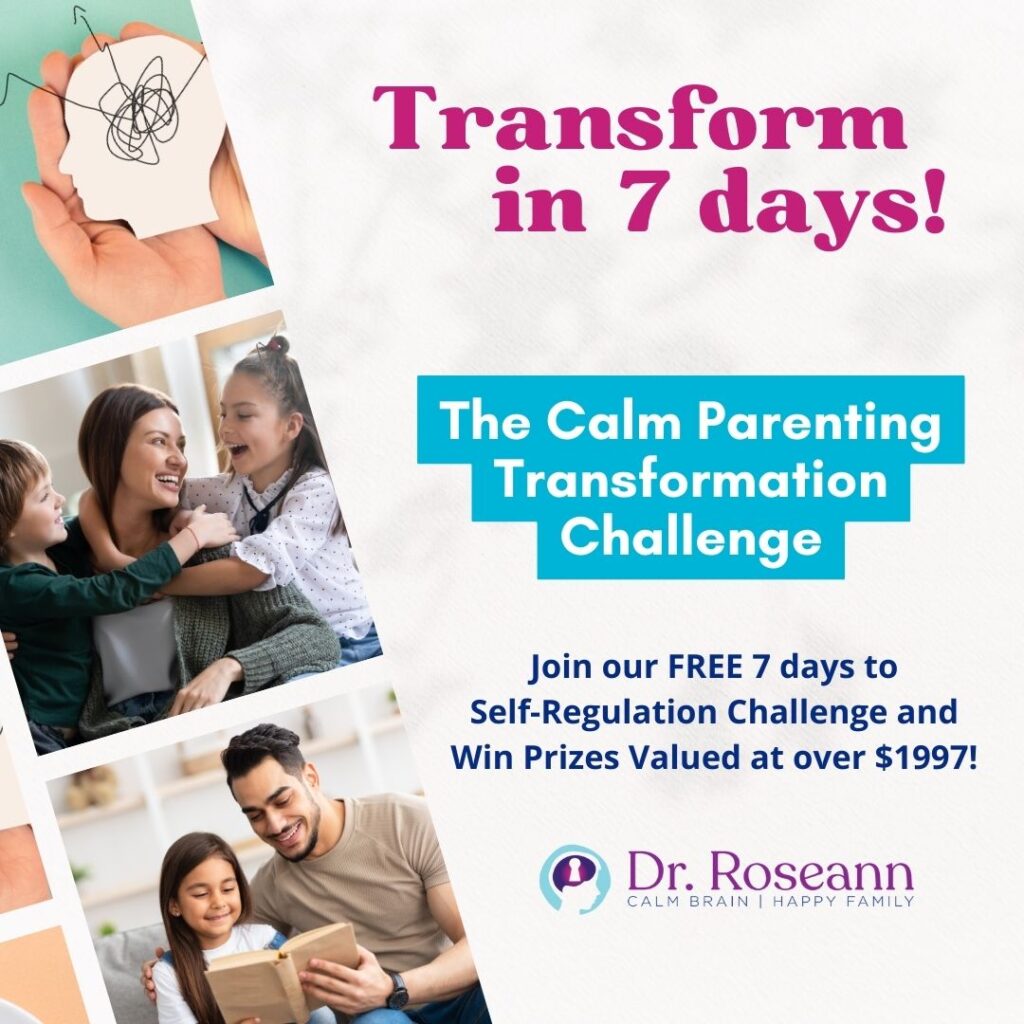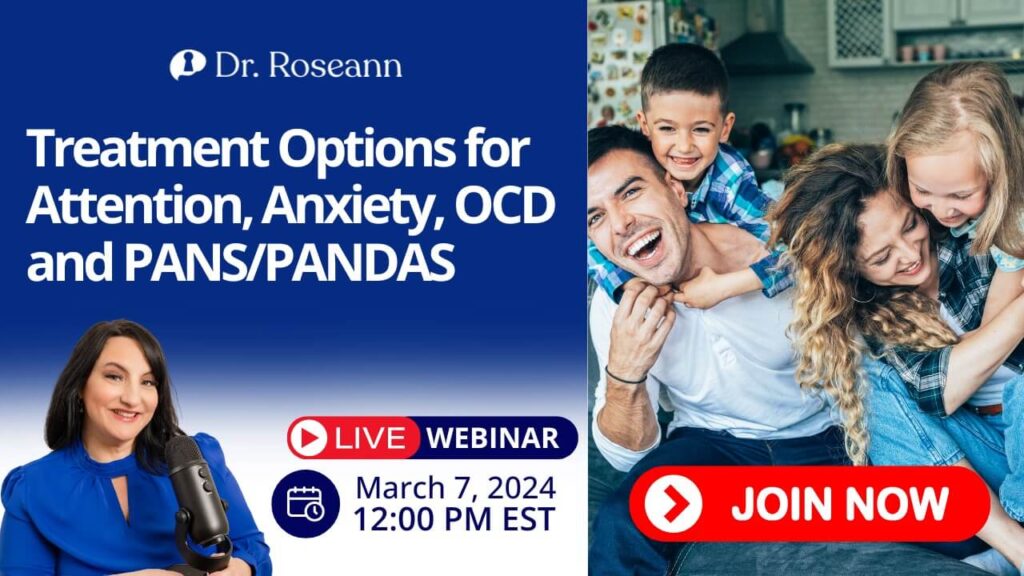Individualized Education Programs (IEP) and 504 plans intended to provide support and accommodations for students with disabilities in the educational setting cause much confusion. The two, however, differ significantly from one another.
For today's episode, I'll provide you with more information about IEP and 504, how they differ from each other, and how they help you create the changes you want to make, especially for your kid.
What is an Individualized Education Program (IEP)?
The Individualized Education Plan, which we will refer to as IEP, is created by a team of professionals, including the student's parents or guardians, teachers, and other professionals. It aims to ensure the student receives a free and appropriate education in the least restrictive environment possible.
An IEP is a formal document containing your goals and objectives and all the services you're getting. I once encountered a client who told me that she had spent a lot of money pursuing an IEP for her intellectually gifted kids who didn't qualify for anything, even though they have dyslexia.
There were many negotiations, but that doesn't mean those kids don't deserve the support. It is not to say you need an advocate or attorney, as that could feel like you could have hired a top-notch tutor and gotten the services yourself.
One of the most significant problems with IEP is that you're usually told that your child will fit into the program. What's supposed to happen is that you're going to discuss your kid's needs and then design an individualized plan.
What is a 504, and how does it work?
A 504 is precisely what its name says. It's a combination plan providing accommodation and support. It gives equal access to people in academic and employment settings. Whereas an IEP ends at age 22, in a 504, it goes beyond that. It may even go up until college or an employment setting.
Most colleges, however, require formal testing as they consider the test results as an accurate reflection. In addition, a 504 plan outlines how to eliminate barriers or obstacles to learning for children with disabilities in general education.
It needs clear goals or objectives and has to be more thorough than an IEP. Although, it provides us with modifications or services that will be made to guarantee that the student has equal access to educational opportunities.
When do you go for an IEP?
One of the crucial questions you need to ask yourself is what your child's strengths and weaknesses are. This is necessary for you to provide your kid with better help.
Monitor or observe them from a broader perspective and think about your child's issues and needs and whether these affect them to regress or fall behind their peers and learning or social functioning.
It has been said that IEPs are highly recommended for those with disabilities affecting their learning ability. The most common conditions that affect a kid’s learning ability are autism spectrum disorder and attention deficit hyperactivity disorder (ADHD). There are also physical disabilities that leave a negative impact on your kid.
Designing an IEP is collaborative, so it involves parents, teachers, and even mental health professionals and specialists. They first identify the strengths and weaknesses before developing the objectives and services they want their kids to achieve to support their kids' learning.
I want parents to know that having a learning disability or a mental health issue is no longer an issue. There's minimal stigma in most places in America around special education services.
It's no longer like when you grew up in the 70s to 90s. Most private schools that I've consulted for a lot allow kids to have accommodation, although they are not legally required.
The best way to get the desired outcome is to be in charge.
It would be best if you took control. Be in charge and get the outcome you want. However, remember that you still have to be a good listener. So there should be a balance.
Remember, although both IEP and 504 are intended to assist students with disabilities in a learning environment, the level and type of assistance or services vary, which commonly leads to confusion between the two.
We must clearly understand the distinctions between the two as it can help parents and teachers choose the approach and proper support that can be a game changer for our kids.
You are your child's best advocate. There's nobody else that's better than you. So continue establishing and maintaining a healthy relationship with your child and encourage them to improve. Ensure they have the support and resources they need to succeed, and you'll go a long way.
Get the Ultimate School Accommodations Guide Here! It's absolutely FREE and covers 30 of the most common issues that parents like you are facing. Get it today!
Links and Resources:
Become Your Child’s Best Advocate!
Download The Ultimate Guide to School Accommodations
Have you been searching the internet for the right school accommodations for your kid and still don’t know what to ask for? Well, look no further. We have created this guide just for you…and it's FREE!
➡️ Join our FREE Natural Parenting Community to receive science-backed resources for your child and family. Join here.
➡️ Get help from Dr. Roseann and her team. Apply here.
➡️ “Is it ADHD or something else?” Take the quiz.









